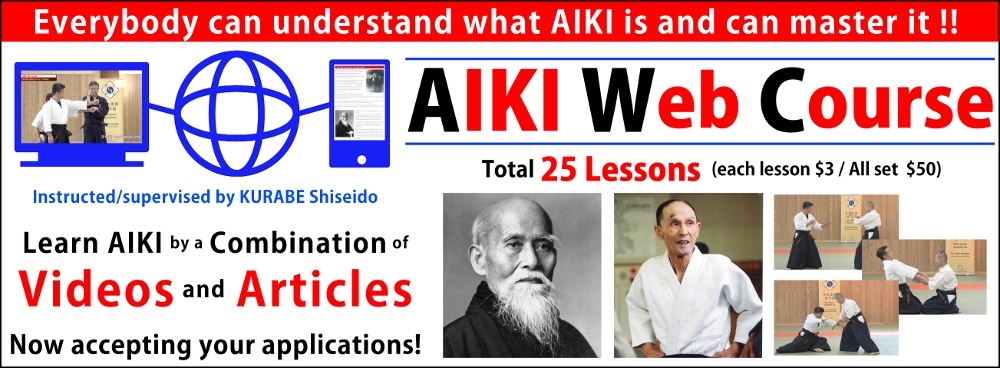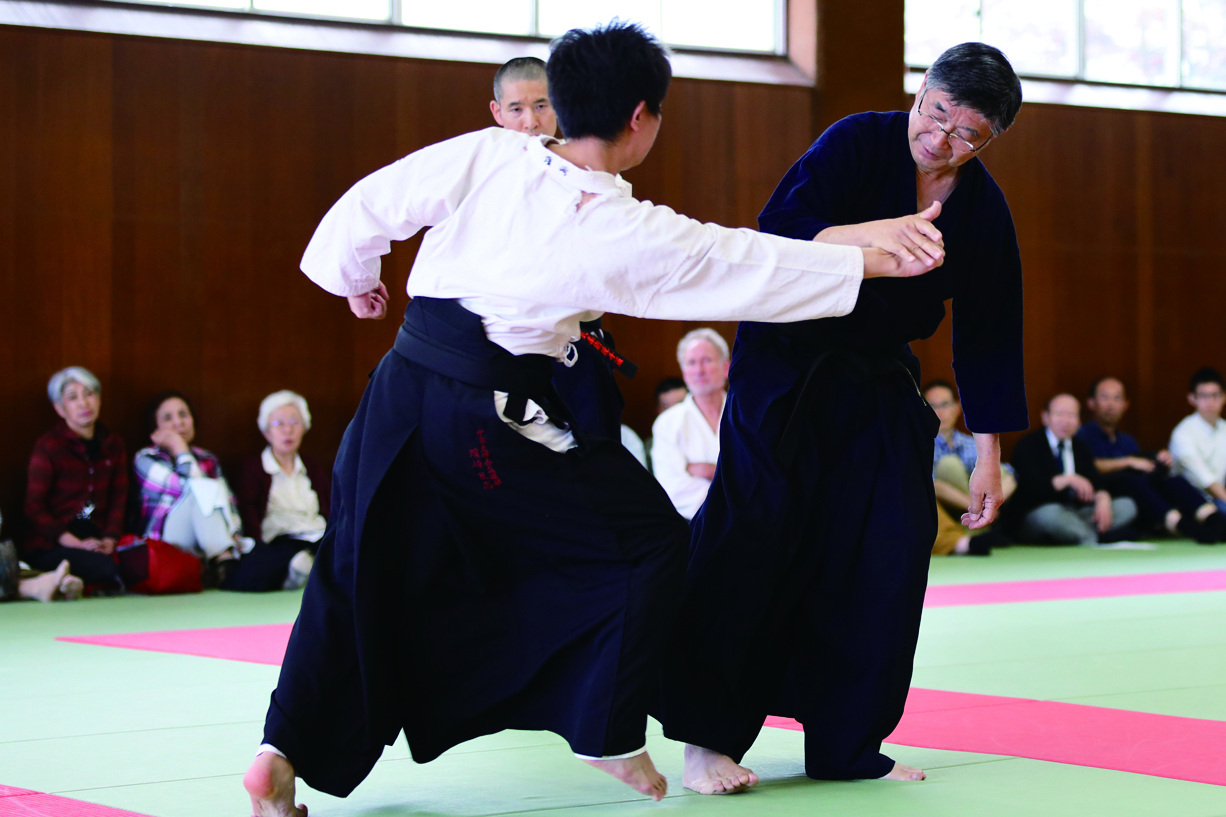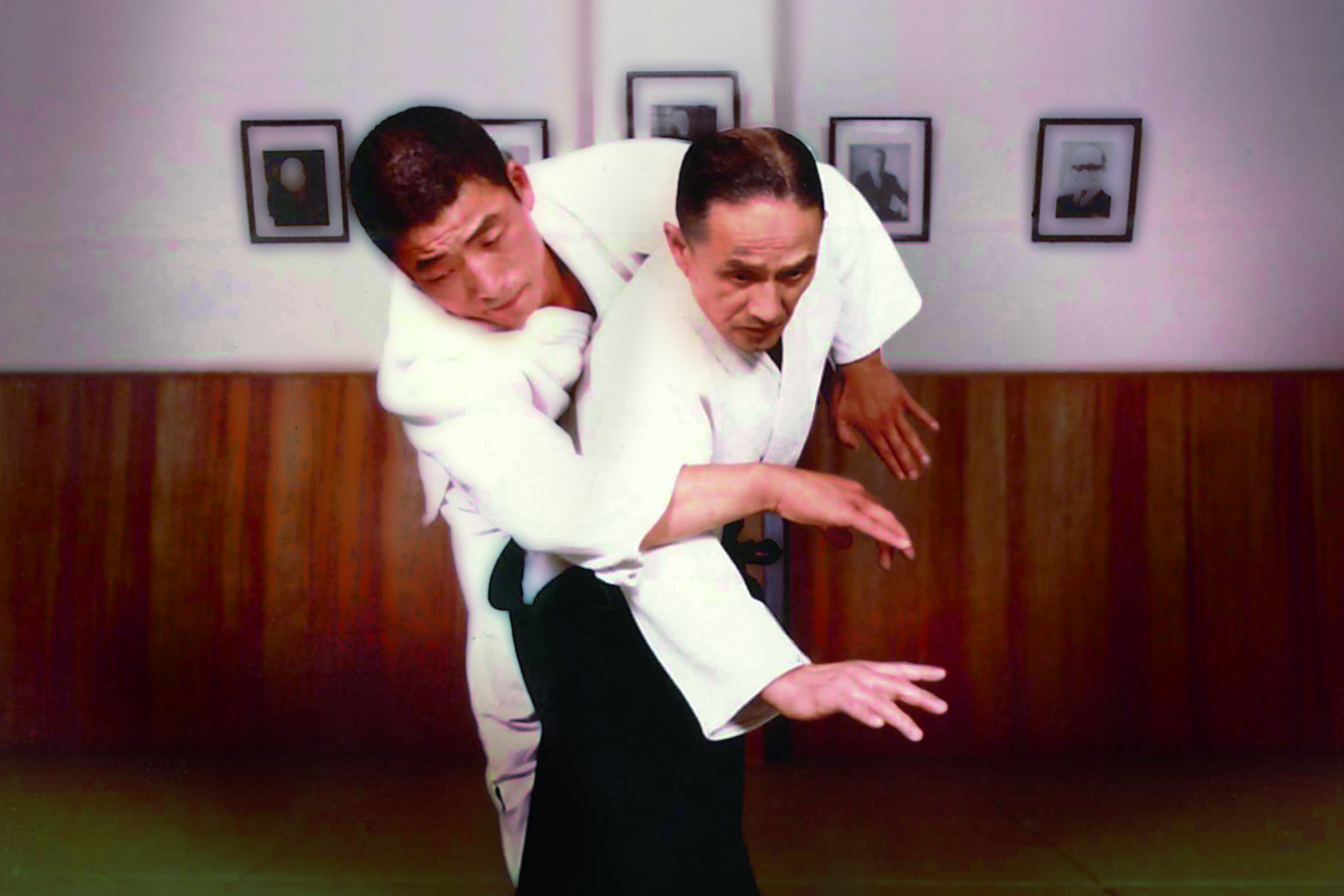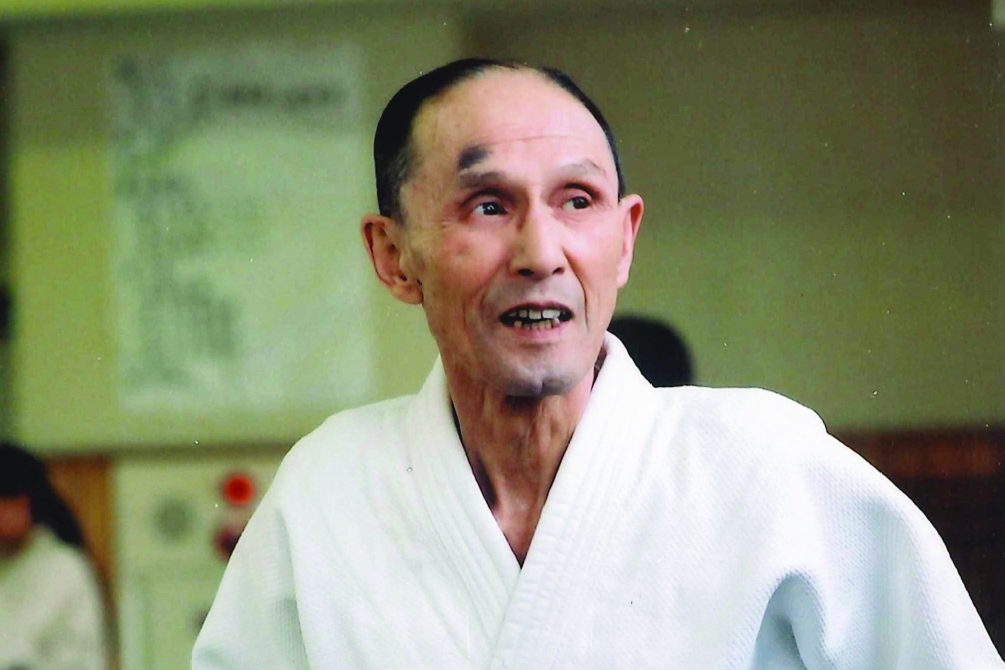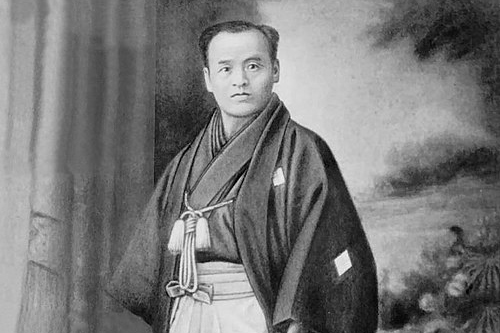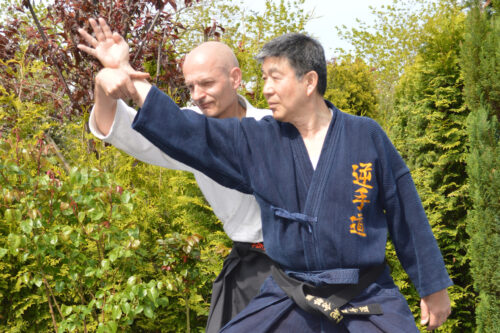» At the starting of AIKI Web Course
【AIKI Web Course Part 2】
Lesson 6 - Application of AIKI Connection
Some people may think that the AIKI Connection method, which I introduced in the previous lesson (Lesson 5), is not very practical because it involves contact with only a very light force.
However, the strength of the force that creates AIKI Connection becomes more tolerable when the opponent moves (the faster they move). In other words, you can create AIKI Connection with a moving opponent even with strong force.
I will explain this fact by using the technique 【AIKI Byobu Taoshi】
AIKI Byobu Taoshi
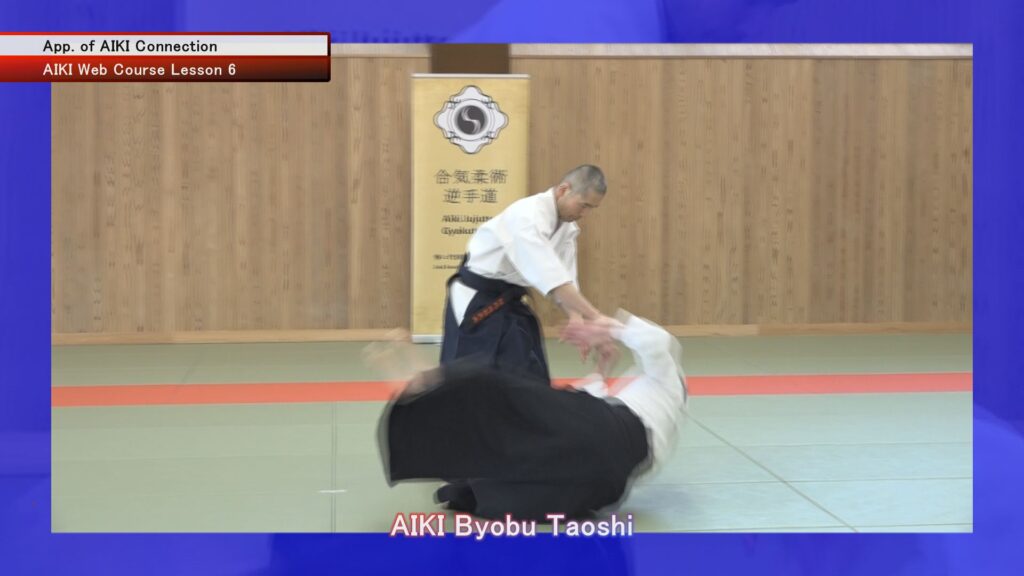
A and B stand face to face.
A…Defender
B…Attacker
a・B steps in with right foot to attack A by right hook punch.
b・A pulls back his left leg to become the right half stance, softly blocks B’s right hook lower arm with his left hand, and places his right hand on B’s left shoulder.
c・As it is, A creates an AIKI Connection with both hands and let him fall down his backward like a large paper screen falls by itself.
For example, when trying to fall down a large paper screen, you should never push the paper surface with force. Because if you do so, the paper on the surface will tear. So in this case, instead of pushing hard on the surface of the paper, you should apply a slight amount of force to the surface to unbalance the weight of the entire screen and cause the screen to fall over on its own. That is the point of this skill.
1 Start practice in a stationary state
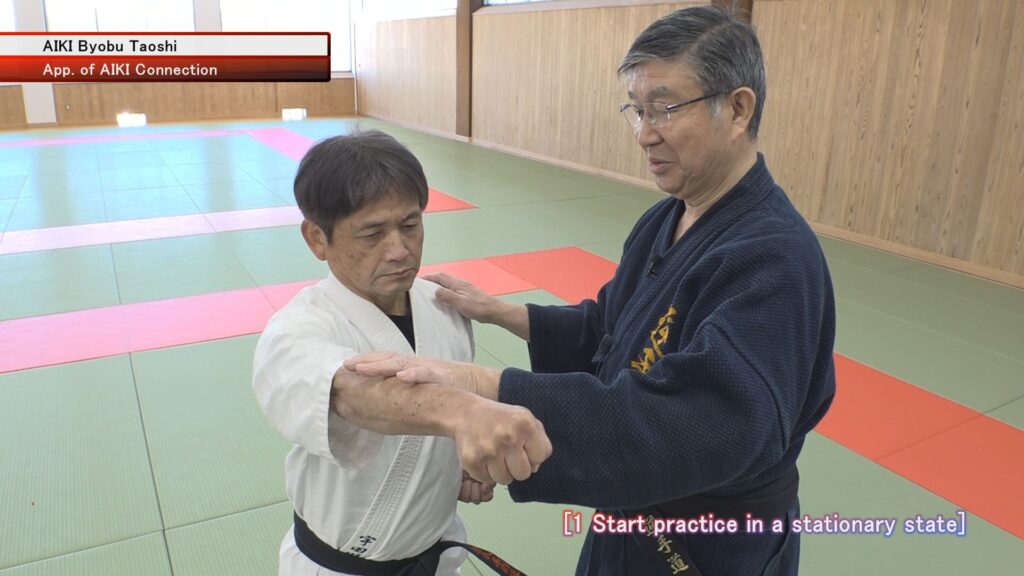
2 Move arms without breaking AIKI Connection

It’s the same as the last lesson point, when you succeeded making AIKI Connection, move your hands and arms so as not to break it.
Never press hard with both hands that touch your opponent. Keeping both hands in light contact with the opponent’s body, simply turn your body without moving arms.
3 After succeeding above practices, then try in a moving situation
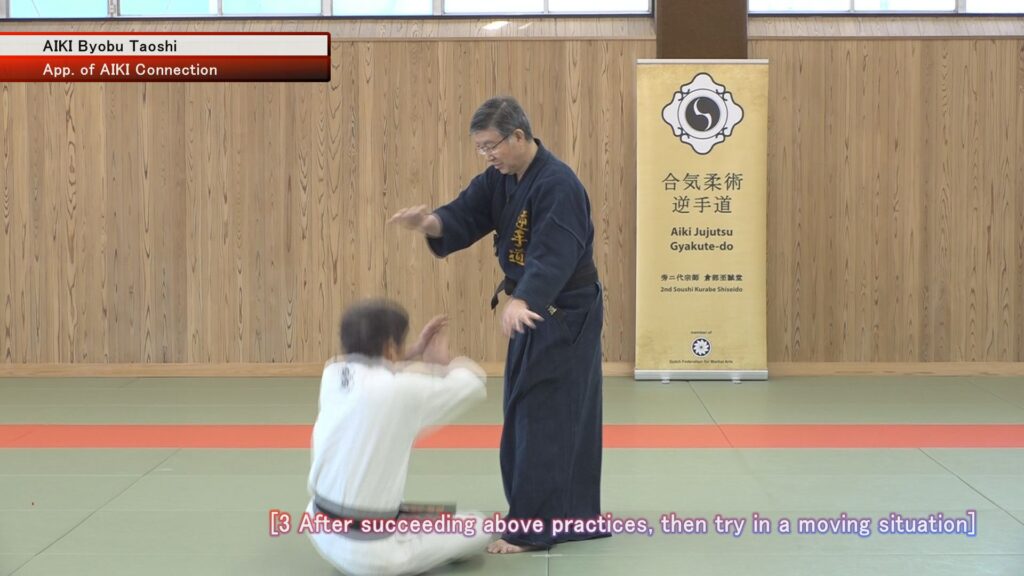
As explained at the beginning, the faster the opponent moves, the greater the allowable force of AIKI Connection becomes.
However, if you practice with a moving opponent from the beginning, it will be difficult to master this technique accurately.
Therefore, after you can fall down a stationary opponent with AIKI Connection, start practicing by letting him actually move. The same is true for the other method.
Summary of Lesson 6
For example, in case you try to fall down a large screen made of paper, you should never press down on the paper surface with force.
Because if you apply force, the paper will tear. So instead of pushing hard on the surface of the paper, I think you apply a little force to the surface to unbalance the weight balance of the whole screen so that it will fall down by itself.
This AIKI Connection technique is the same. Another important point is to think of the opponent as fragile and light like a paper screen, not as a hard and heavy object.
Learn AIKI by a Combination of
Videos and Articles!!
» At the starting of AIKI Web Course
with Videos and Free Articles
AIKI Web Course Part 2 24 Lessons
-
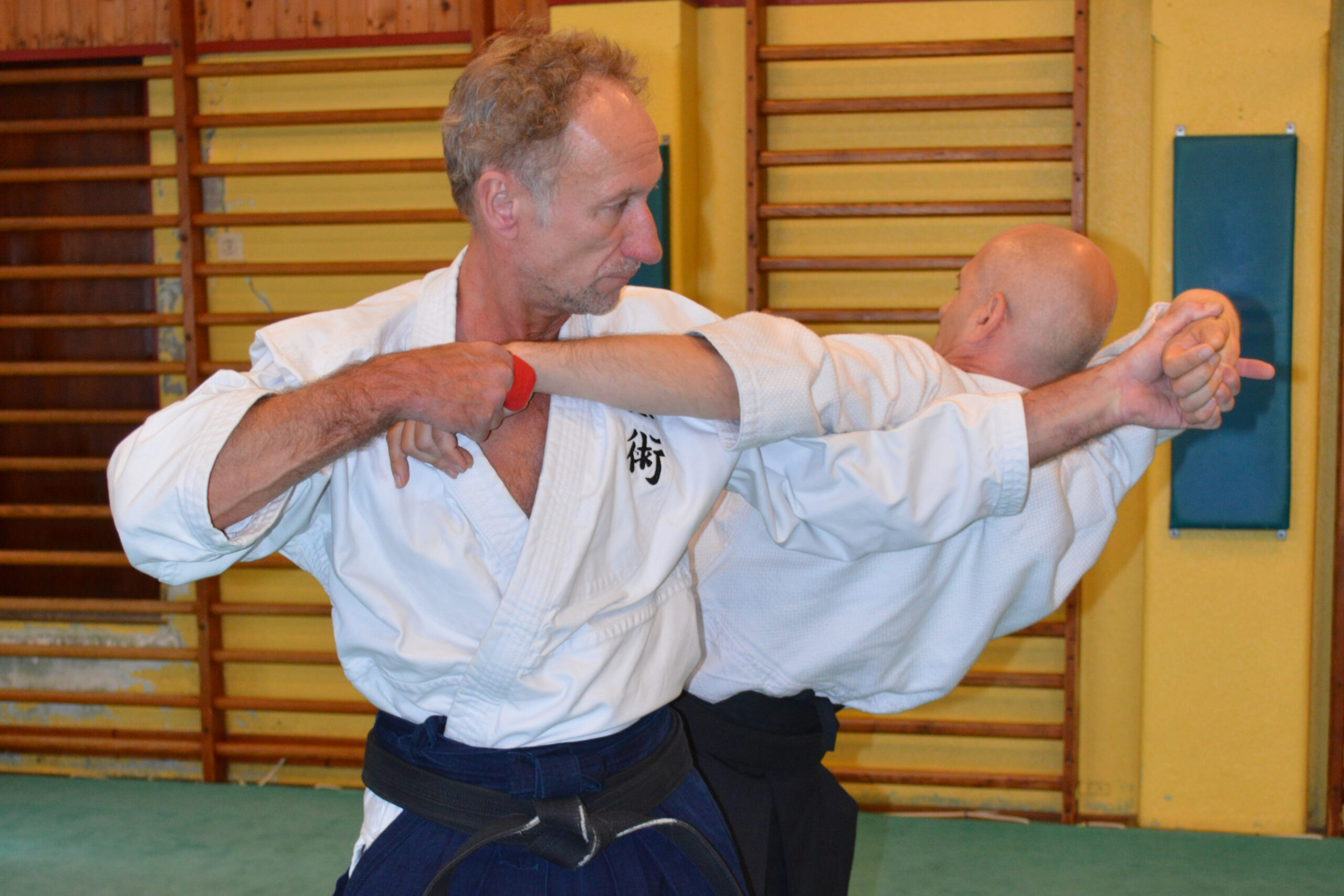
【AIKI JUJUTSU GYAKUTE-DO Series No.5】How you can learn Jujutsu properly
-
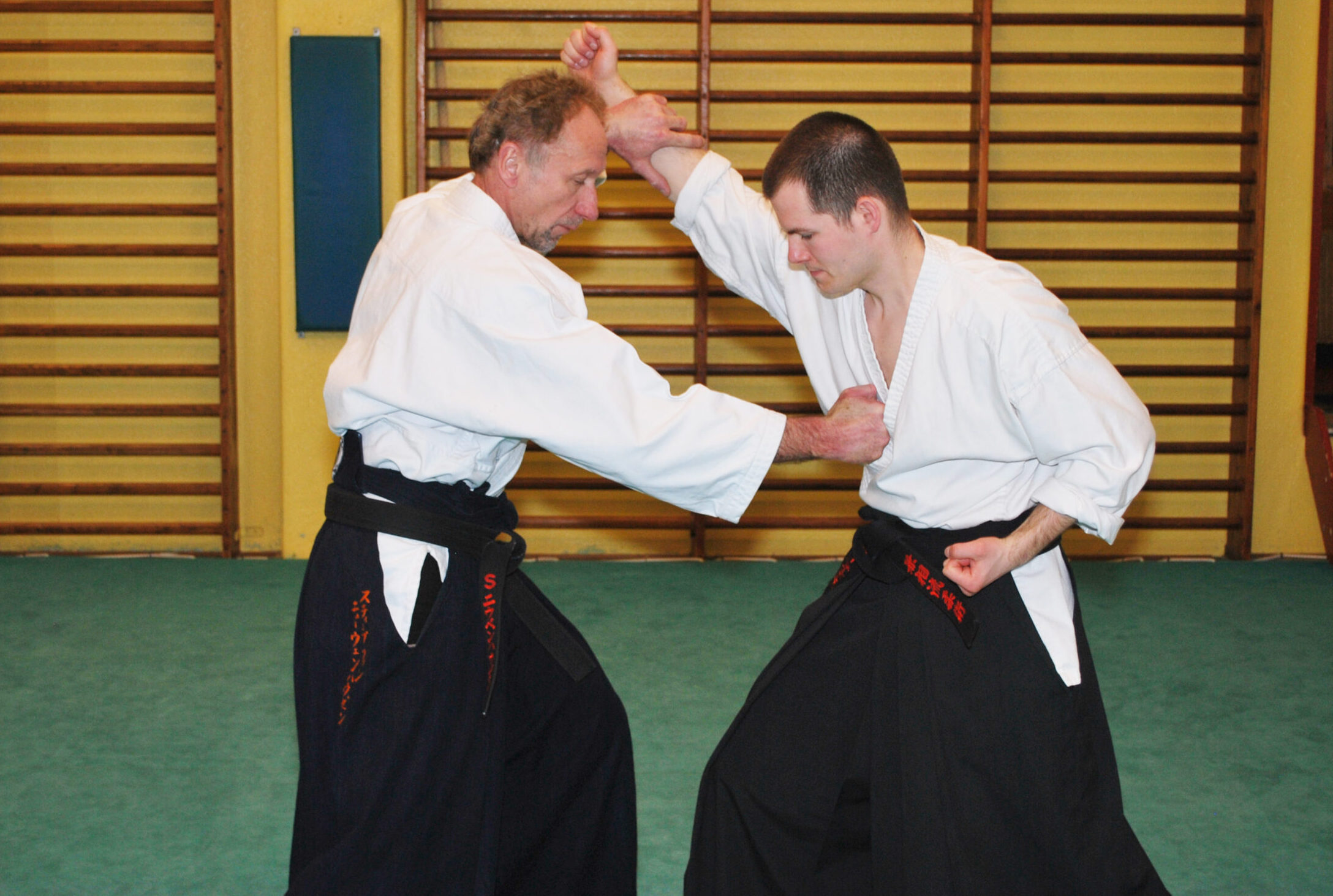
【AIKI JUJUTSU GYAKUTE-DO Series No.4】DAKEN-HO Hit and Kick KATA and AIKI
-
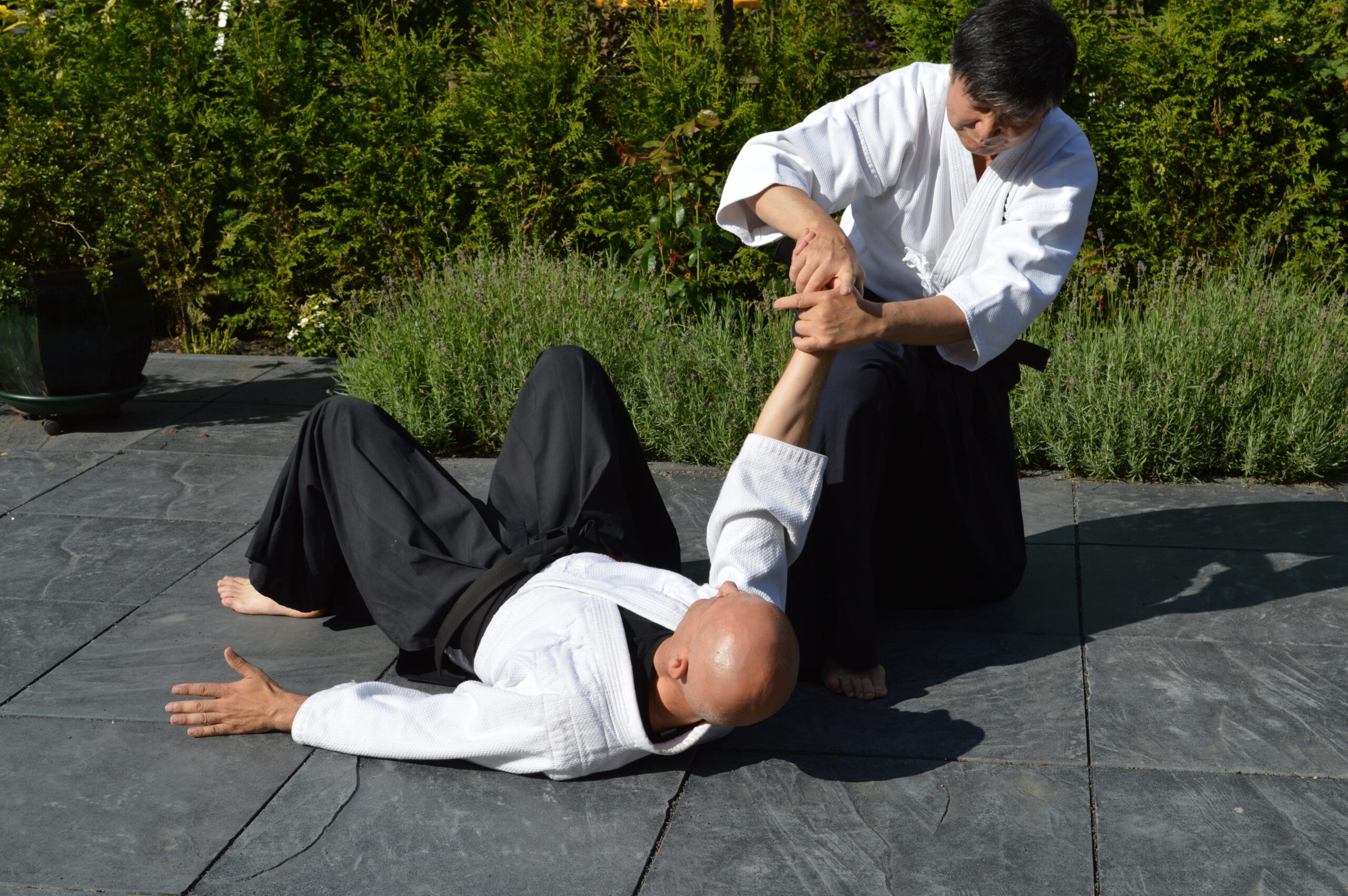
【AIKI JUJUTSU GYAKUTE-DO Series No.3】JUJUTSU WAZA, digest of FUDO
-
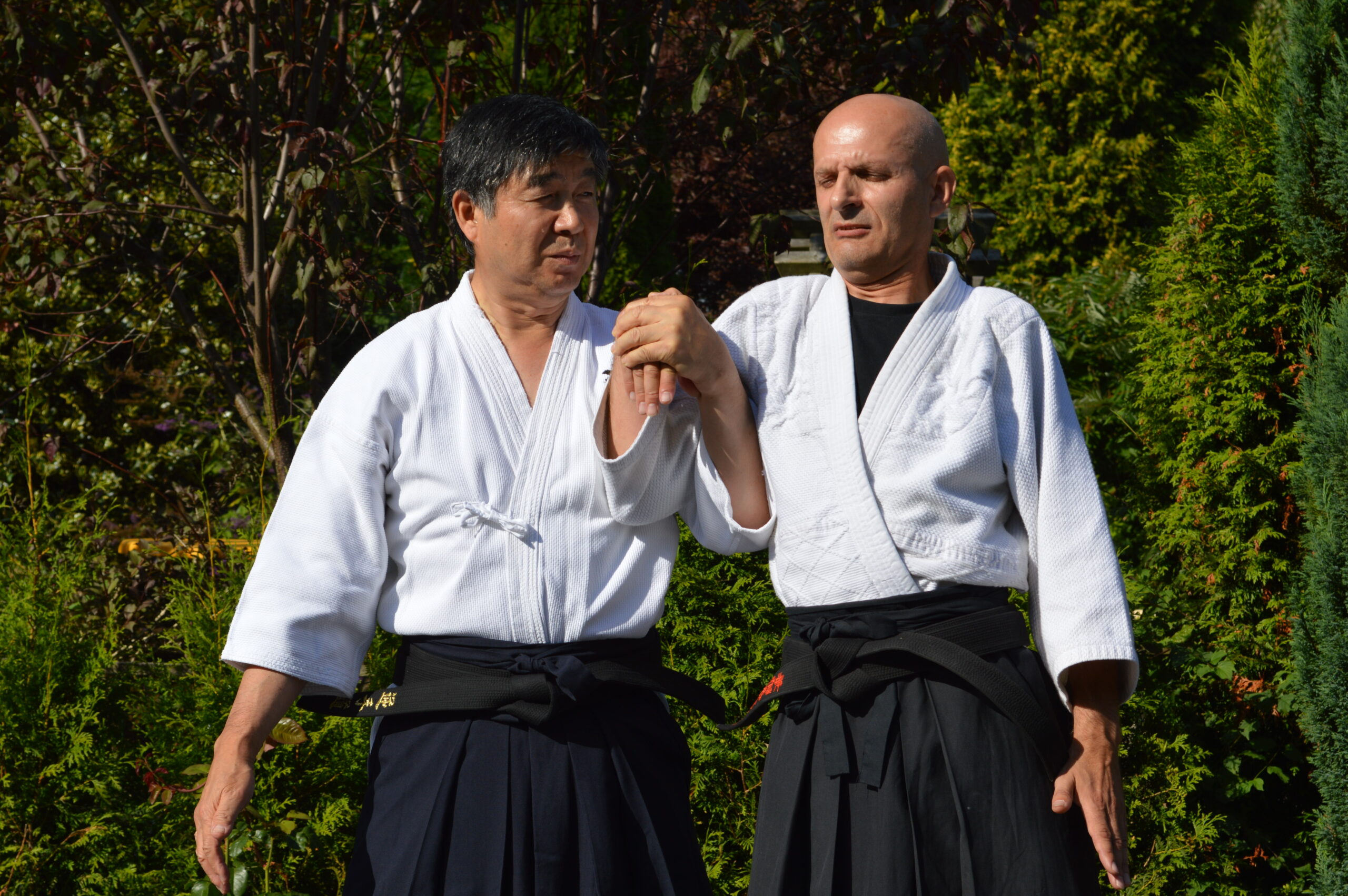
【AIKI JUJUTSU GYAKUTE-DO Series No.2】JUJUTSU WAZA, digest of NUKI, RENKO and NAGE
-
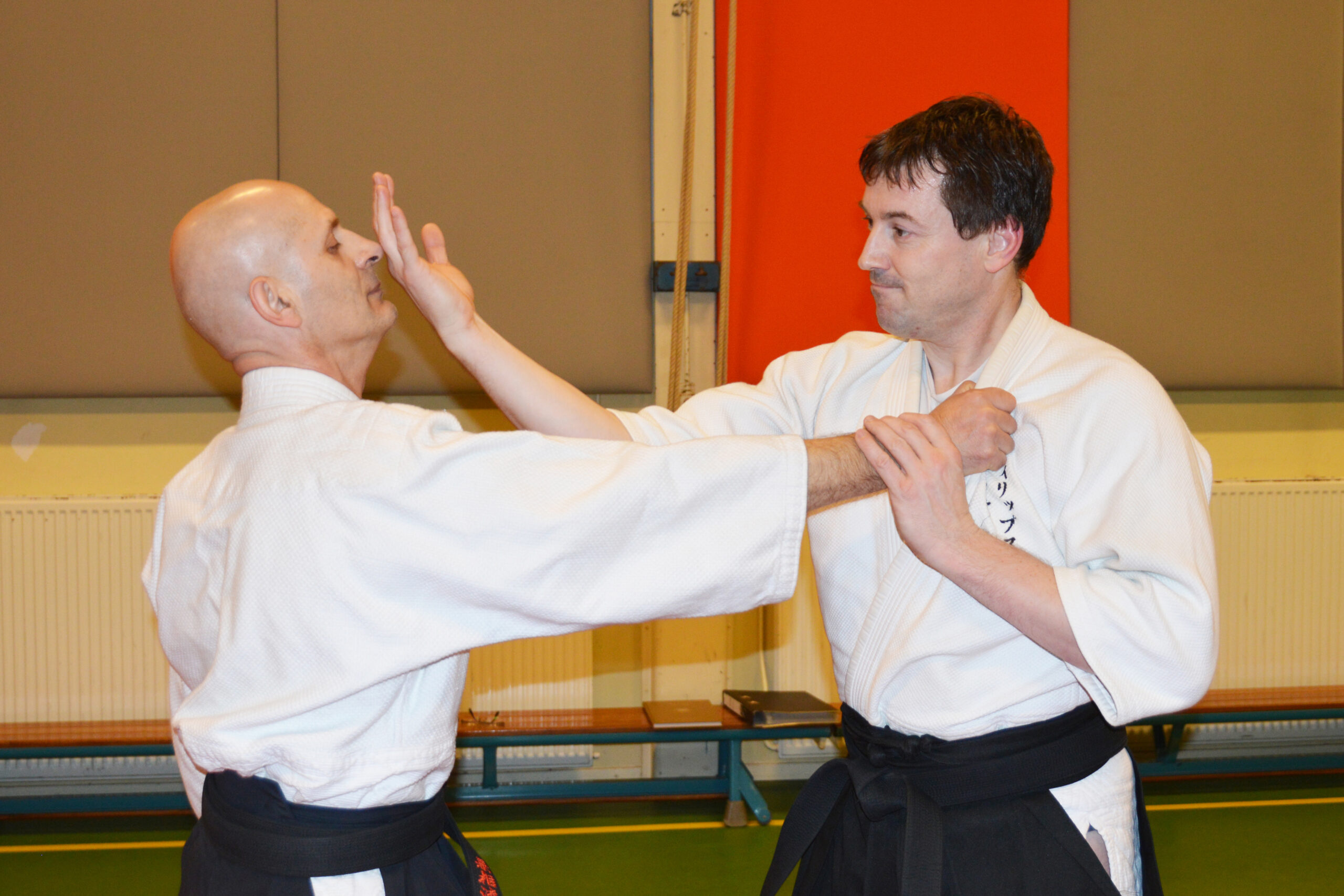
【AIKI JUJUTSU GYAKUTE-DO Series No.1】About GYAKUTE-DO and the digest of its basic techniques
-
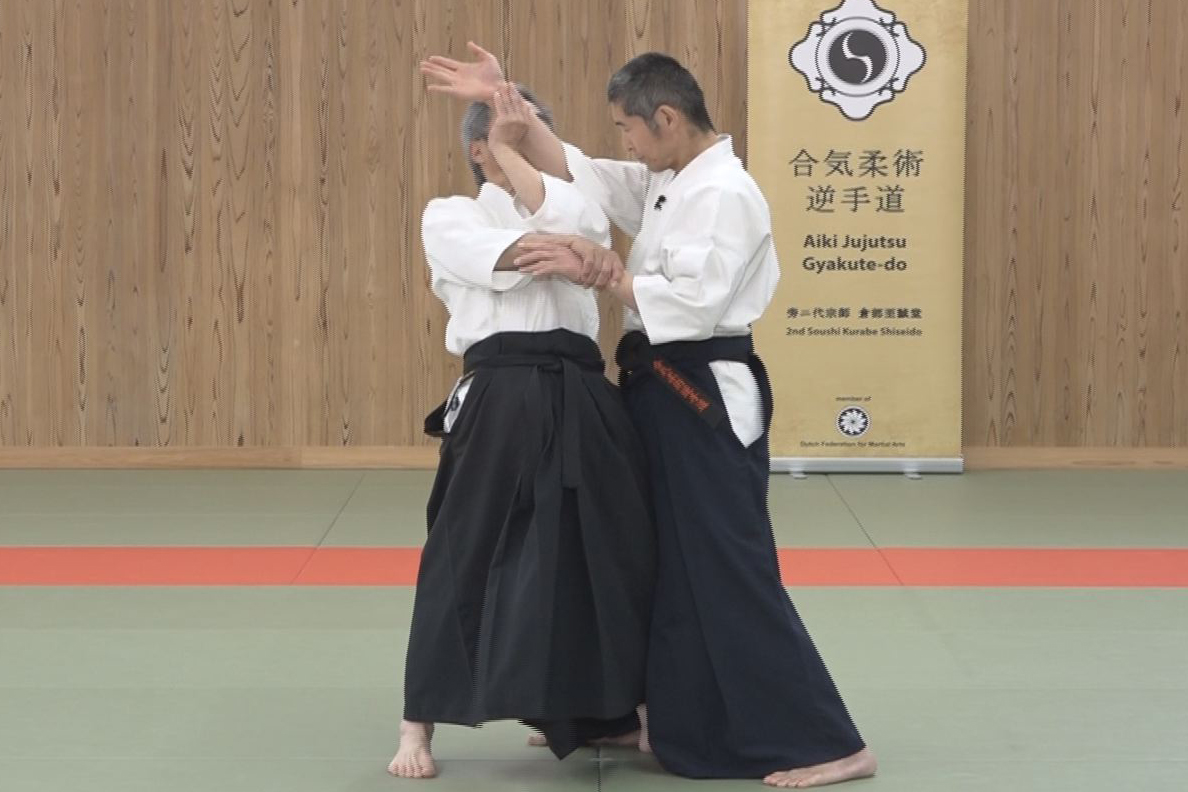
Lesson 24 With Comb. of Different Methods #2
-
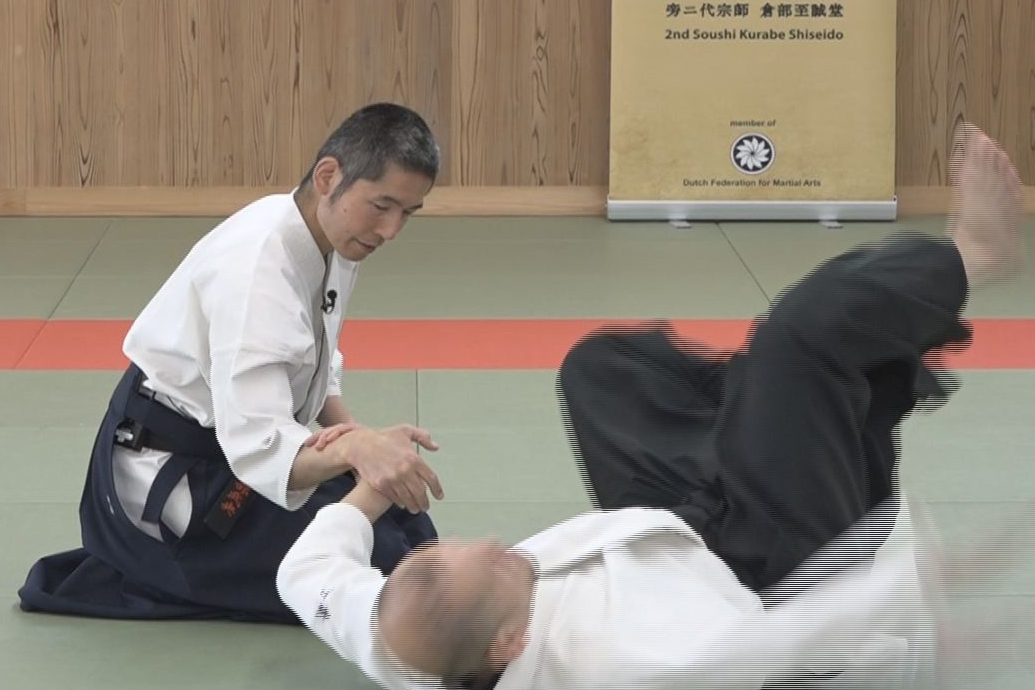
Lesson 23 With Comb. of Different Methods #1
-

Lesson 22 Advanced Tech. using F. E. method #2
-

Lesson 21 Advanced Tech. using F. E. method #1
-
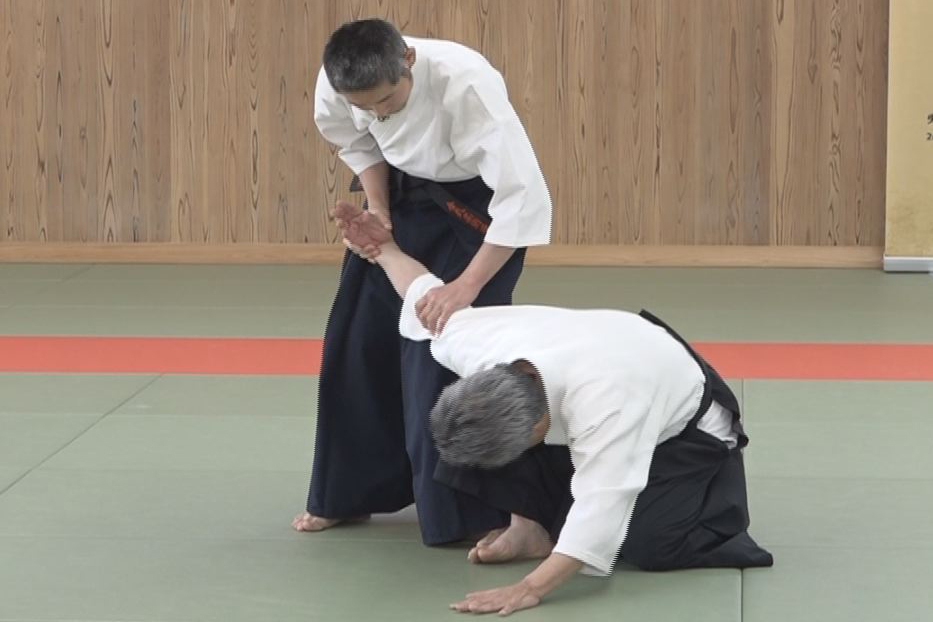
Lesson 20 Advanced tech. using T. F. T. #2
-
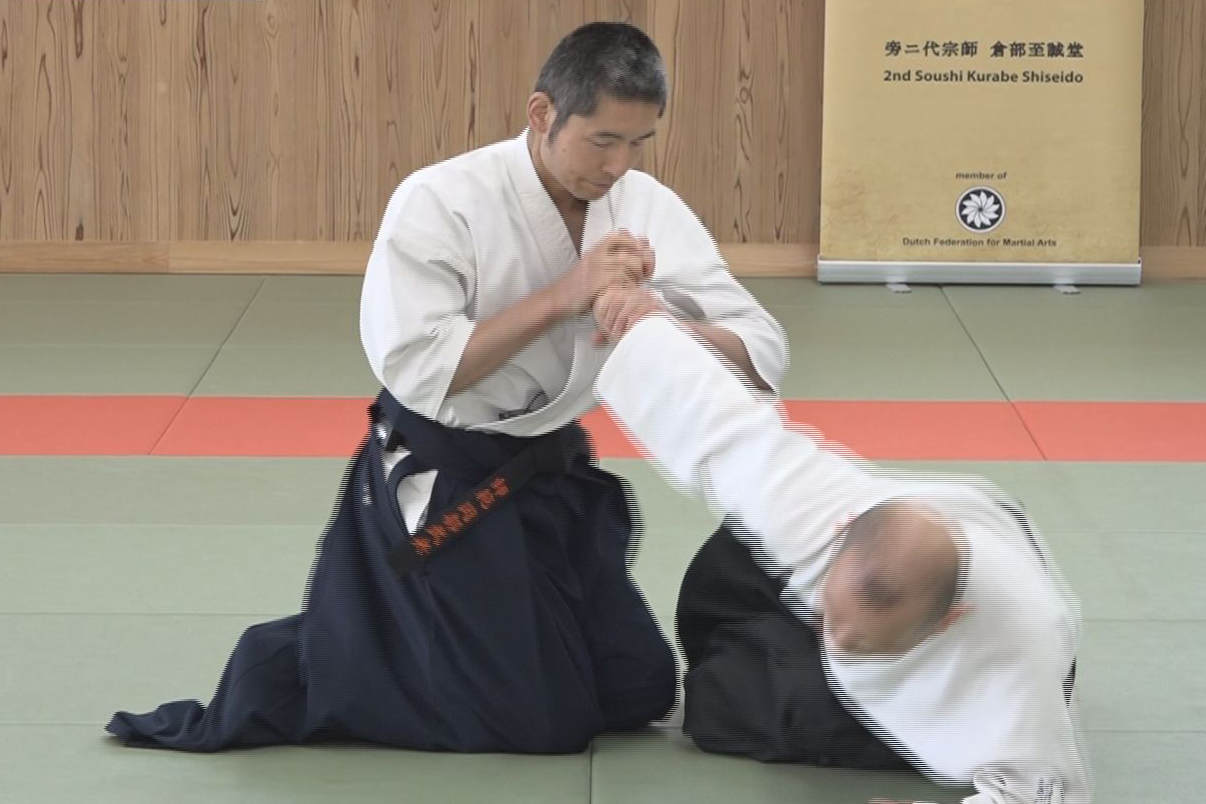
Lesson 19 Advanced tech. using T. F. T. #1
-
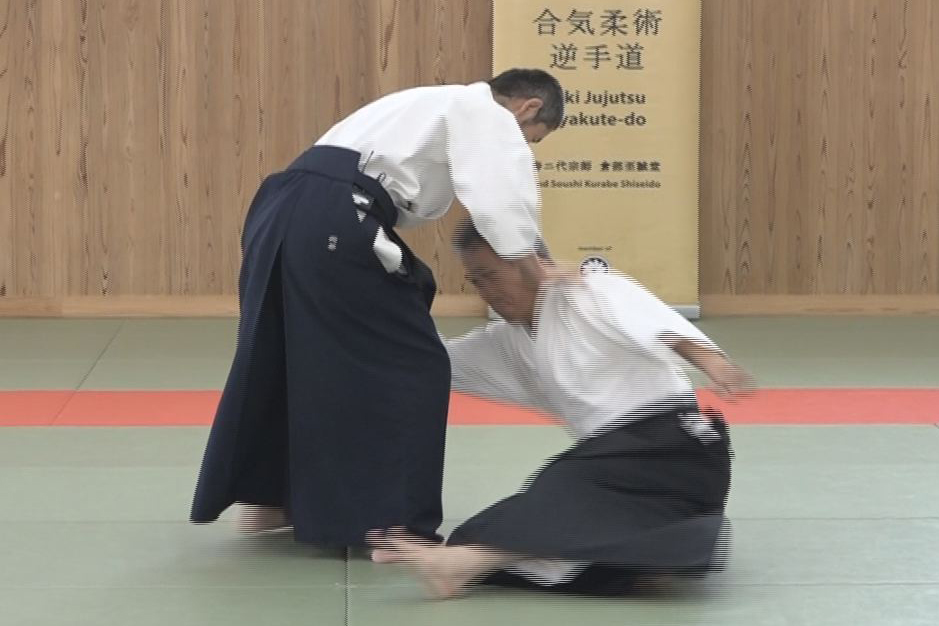
Lesson 18 Advanced tech. using AIKI Contact #2
-
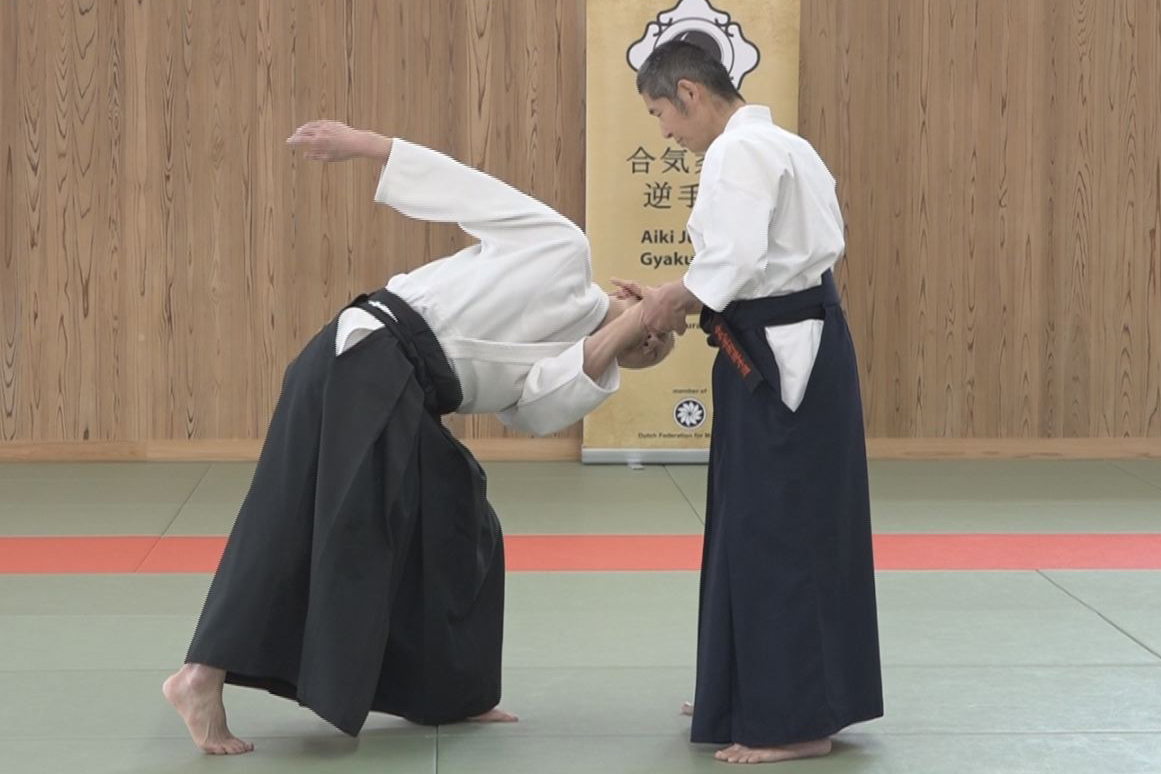
Lesson 17 Advanced tech. using AIKI Contact #1
-
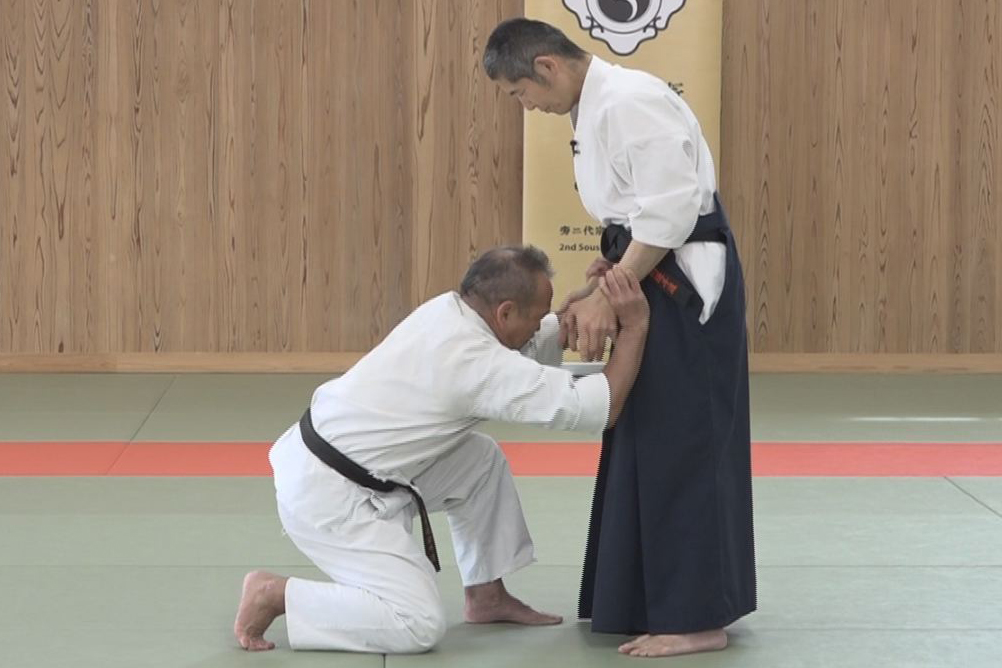
Lesson 16 Advanced tech. by Undetectable F.T. #2
-
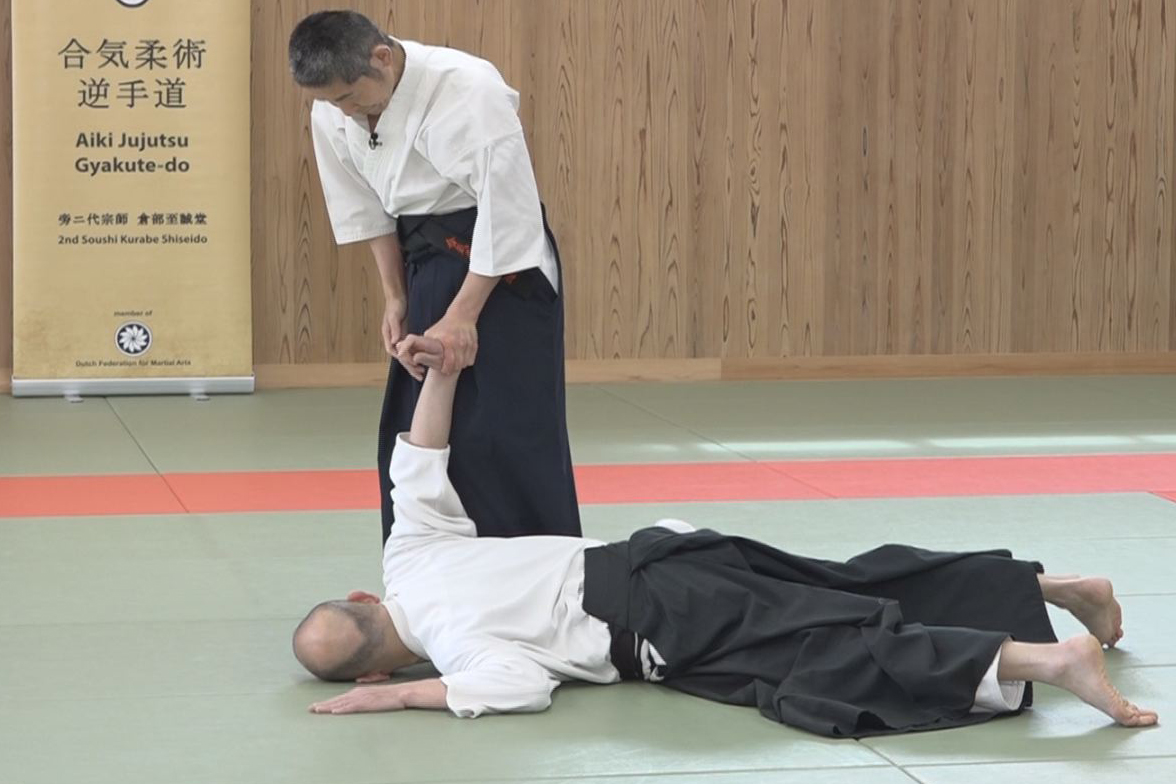
Lesson 15 - Advanced tech. by Undetectable F. T. #1
-
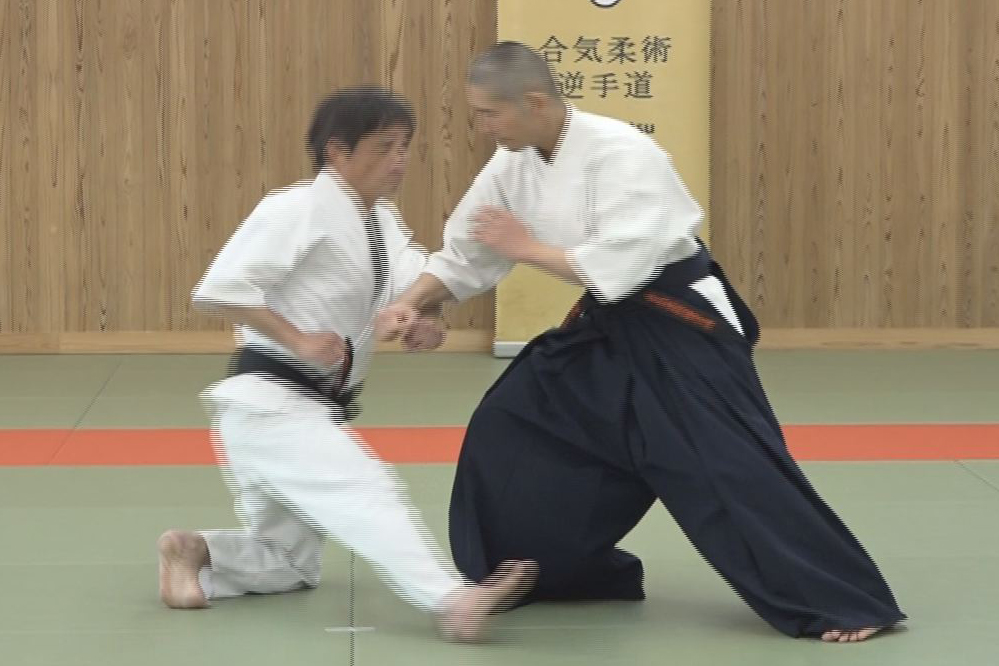
Lesson 14 - Advanced tech. by the Waving method #2
-
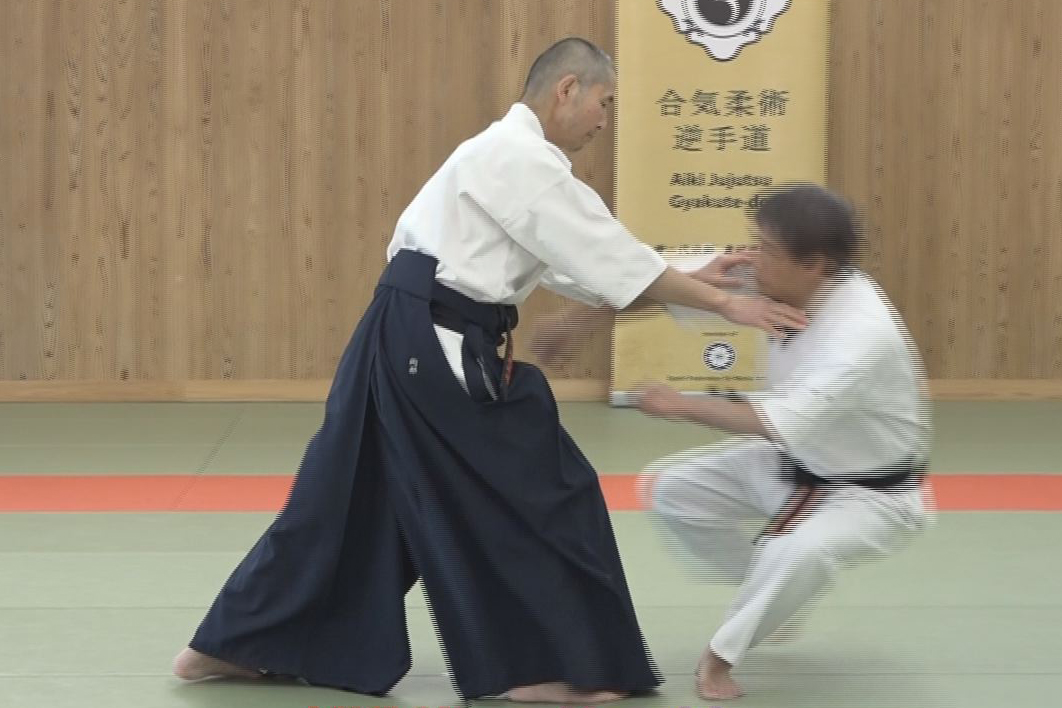
Lesson 13 - Advanced tech. by the Waving method #1
-
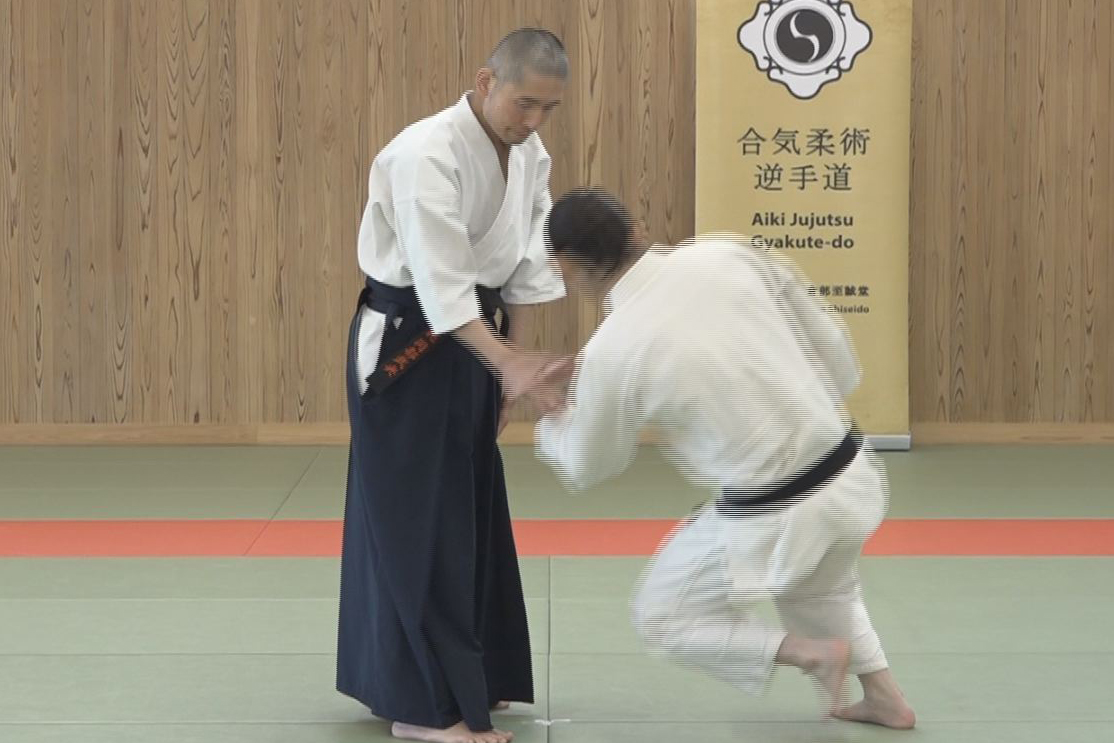
Lesson 12 - Gyaku-te by not Using Force nor AIKI
-
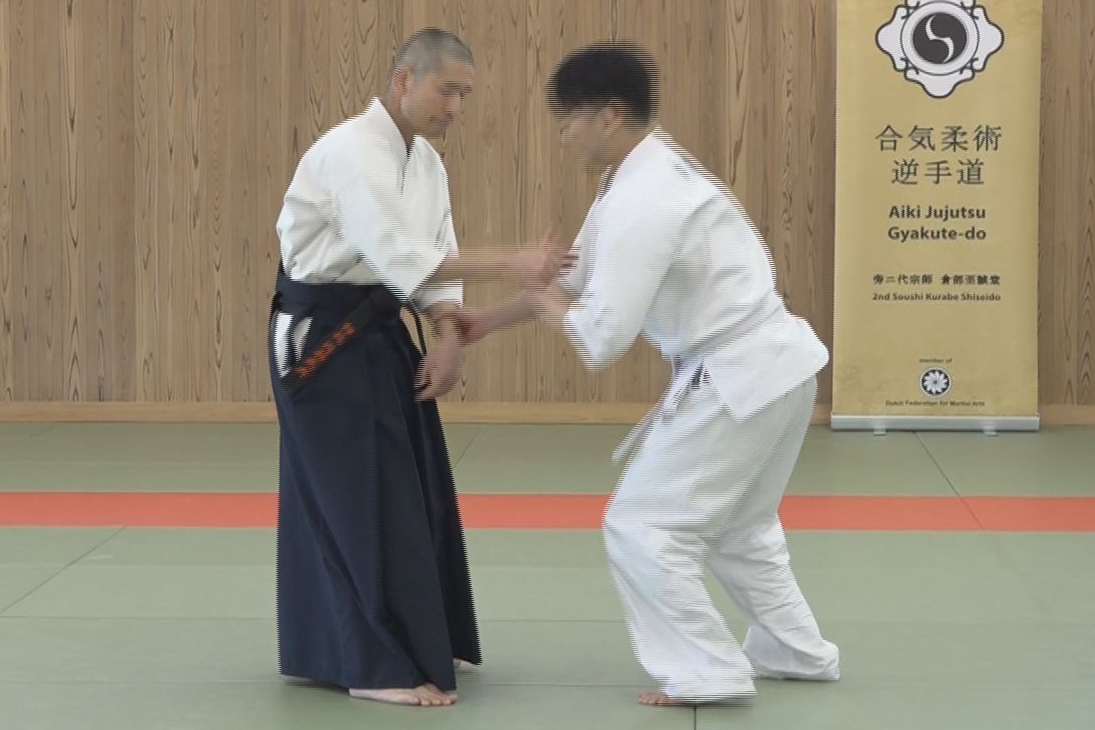
Lesson 11 - Gyaku-te Realized by the AIKI Method
-
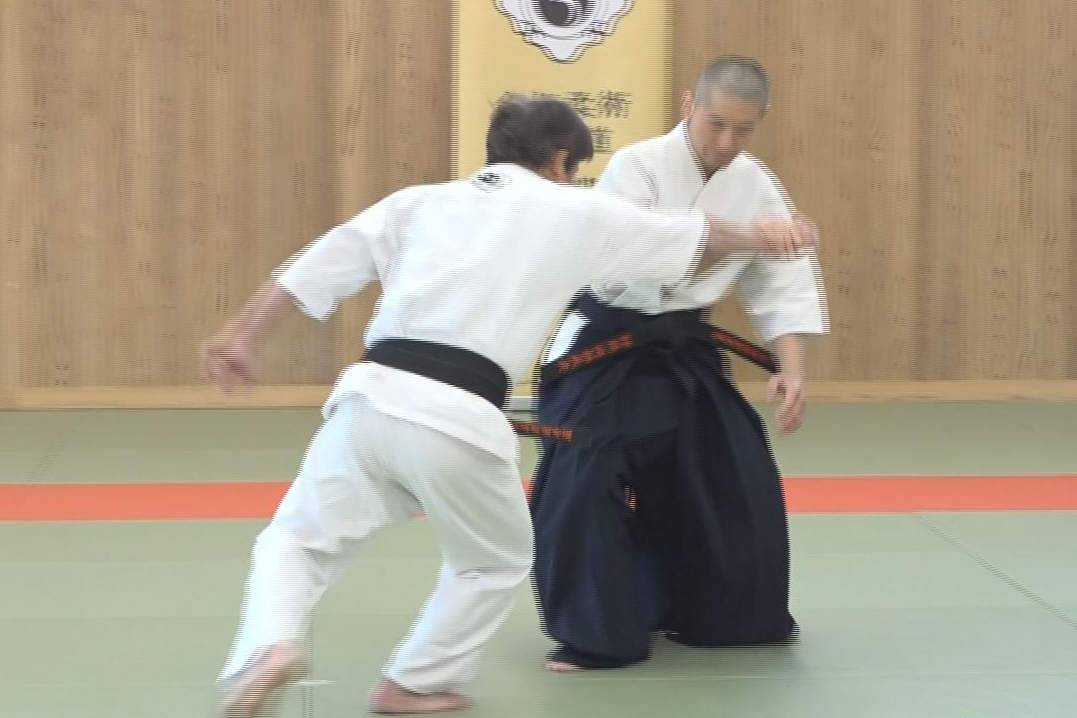
Lesson 10 - Application of Force Equilibrium method
-
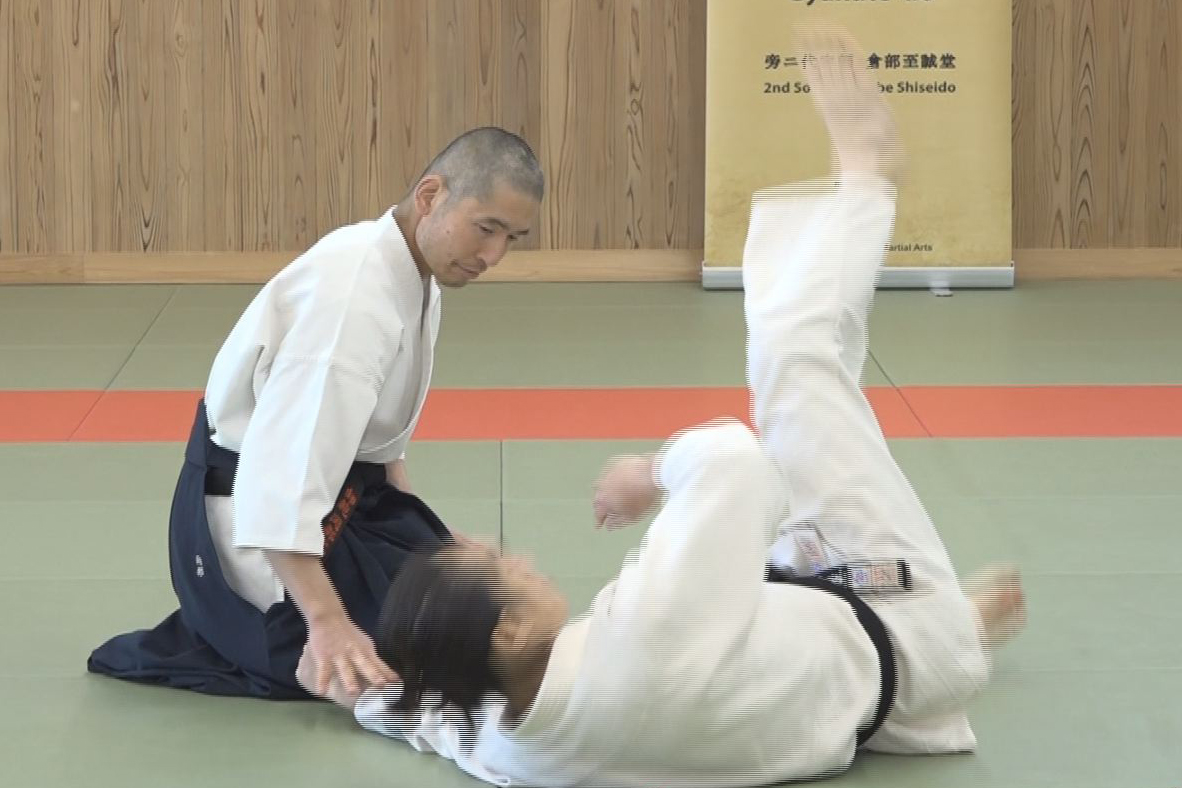
Lesson 9 - Force Equilibrium
-
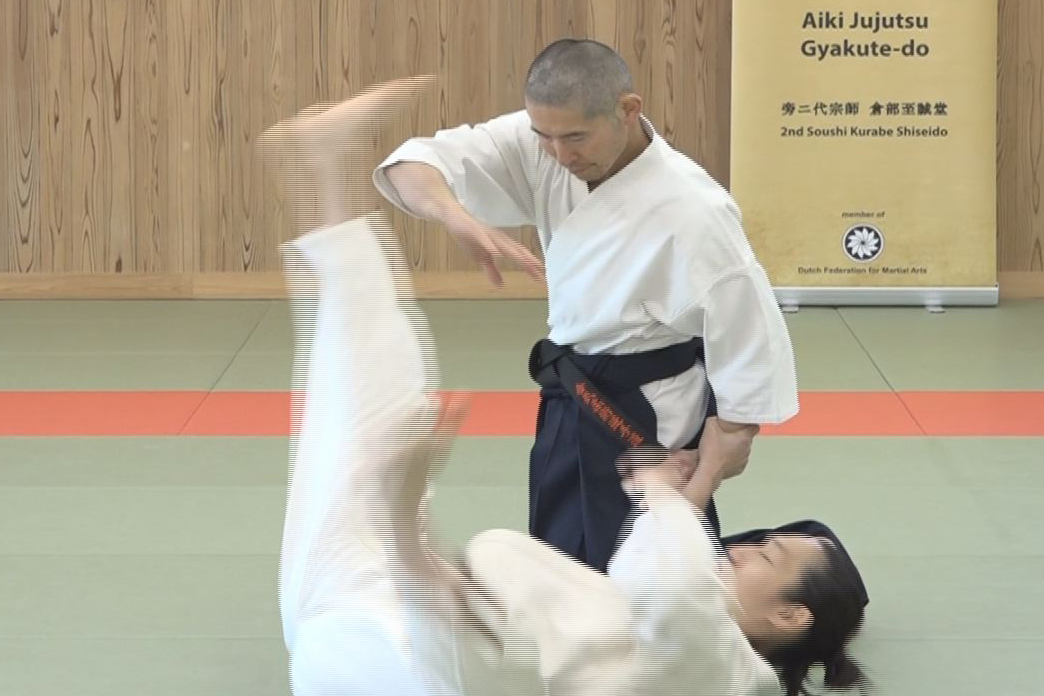
Lesson 8 - Application of Targeted Force Transfer
-
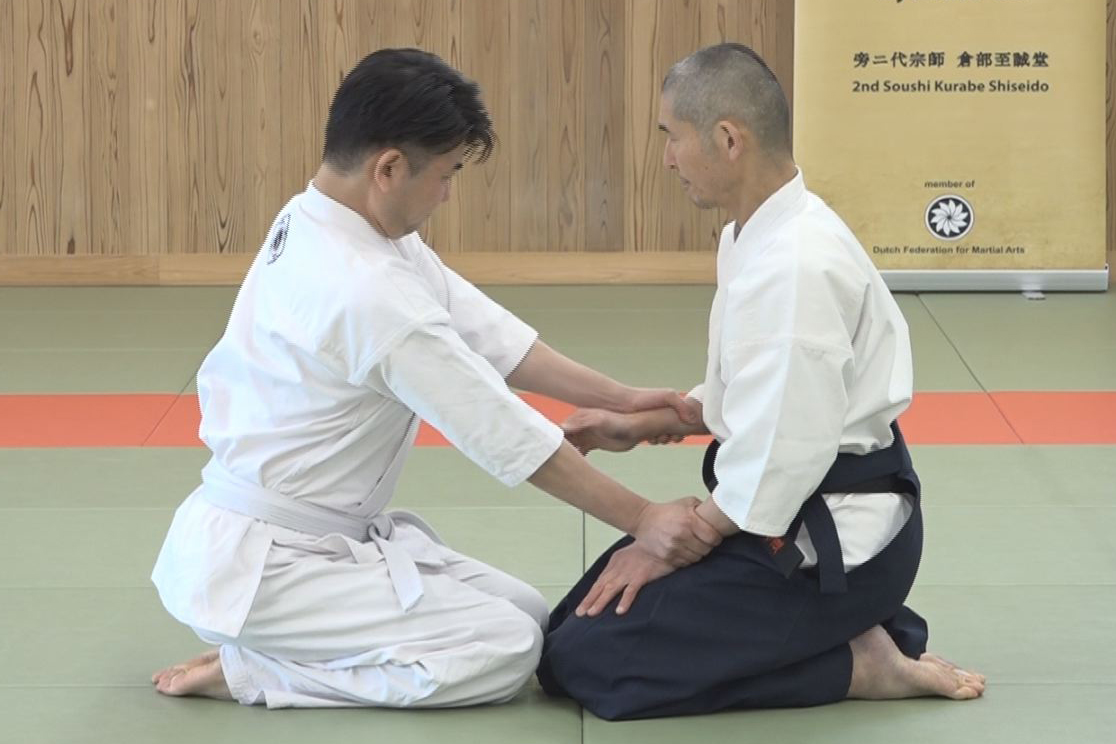
Lesson 7 - Targeted Force Transfer
-
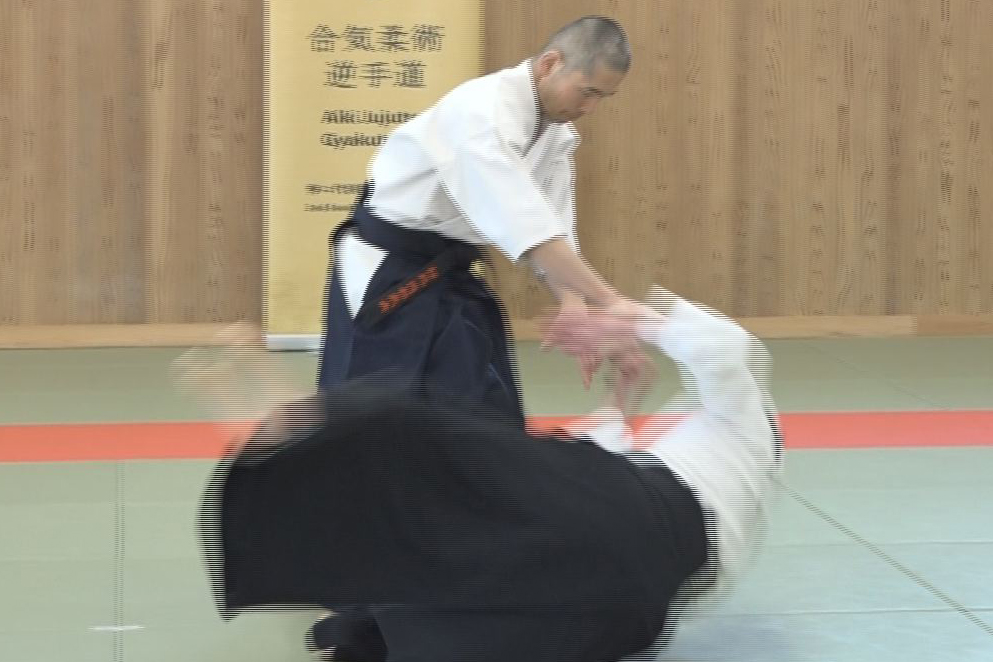
Lesson 6 - Application of AIKI Connection
-
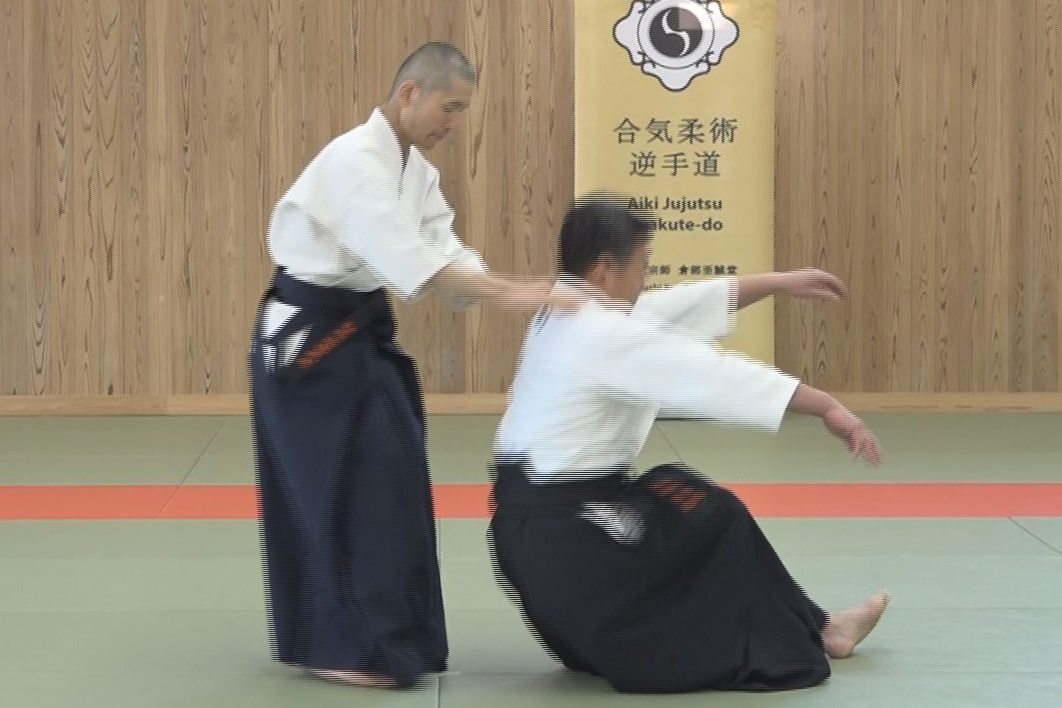
Lesson 5 - AIKI Connection
-
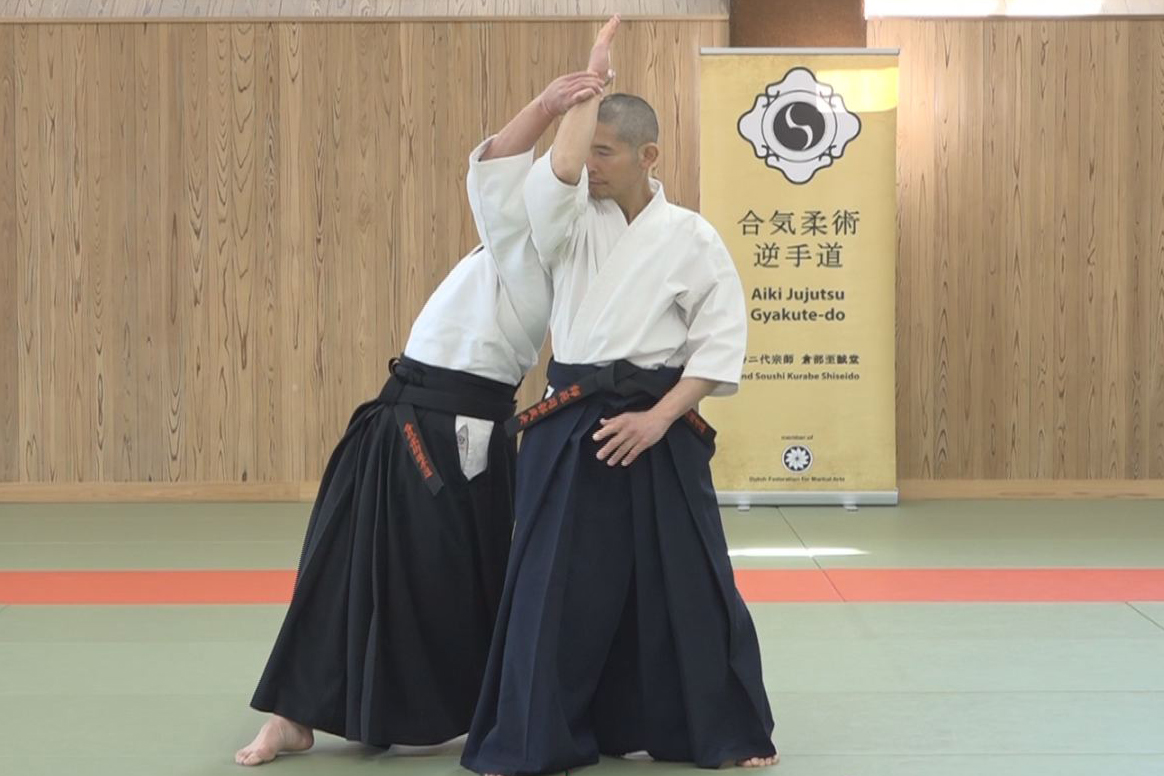
Lesson 4 - Application of Nondetectable Force Transfer
-
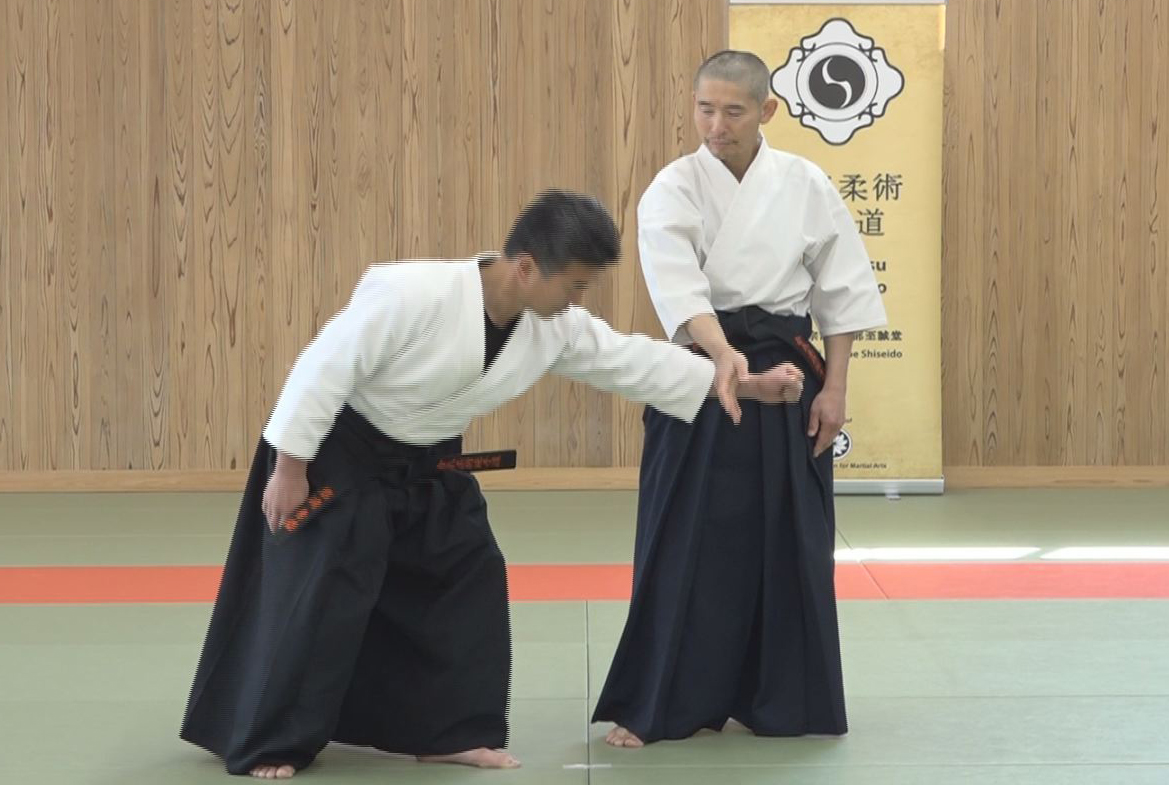
Lesson 3 - Explanation of Undetectable Force Transfer
-
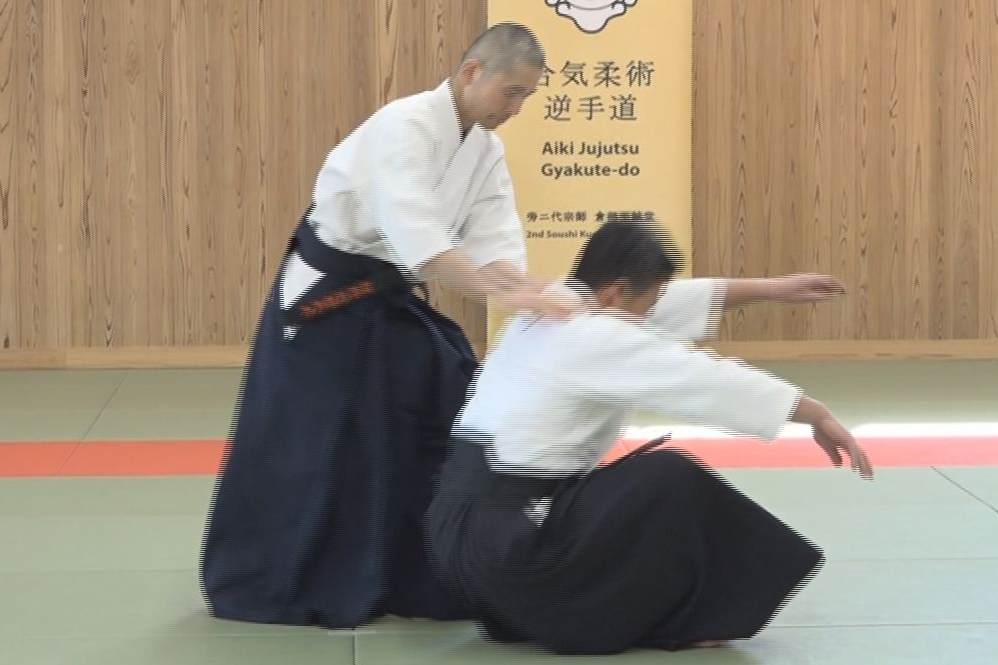
Lesson 2 - Application of Waving Method
-
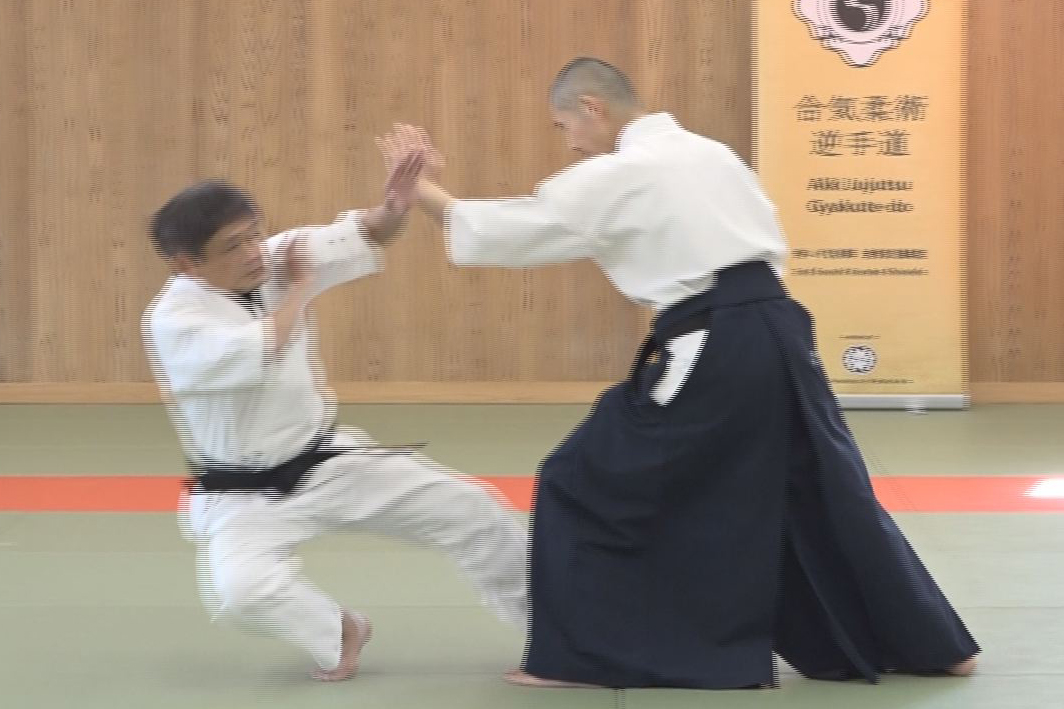
Lesson 1 - The Explanation of Waving Method
-
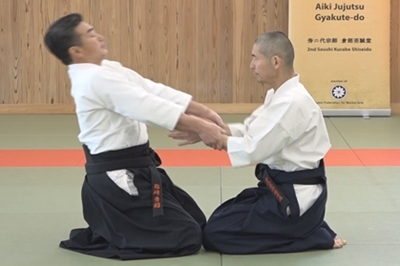
Introduction with video
and Knowledge of AIKI
AIKI Web Course Part 1 6 Lessons
Articles
-
 2025/12/16
【Exploring the spirit of the Ryukyu】Special edition (HIDEN January 2026)「Okinawa, the gathering place of Karate」
2025/12/16
【Exploring the spirit of the Ryukyu】Special edition (HIDEN January 2026)「Okinawa, the gathering place of Karate」
-
 2025/12/16
【L’esprit des Ryukyu】Édition spéciale (HIDEN Janvier 2026)「Okinawa, le berceau du karaté」
2025/12/16
【L’esprit des Ryukyu】Édition spéciale (HIDEN Janvier 2026)「Okinawa, le berceau du karaté」
-
 2025/12/12
“The Sword and the Chrysanthemum” by Paul Martin Part2: How to Appreciate a Japanese Sword as Art
2025/12/12
“The Sword and the Chrysanthemum” by Paul Martin Part2: How to Appreciate a Japanese Sword as Art
-
 2025/10/14
Sword of Freedom: The Case of Shizuka-ryu’s Jizaiken
2025/10/14
Sword of Freedom: The Case of Shizuka-ryu’s Jizaiken
-
 2025/08/12
Mikkyo Influence on Martial Arts
2025/08/12
Mikkyo Influence on Martial Arts
Free Videos
-
 New!2025/12/19
Freedom from Gravity and the Power of Aiki
New!2025/12/19
Freedom from Gravity and the Power of Aiki
-
 2025/12/17
Body, Change the Sound:Nanba Walking for Piano Technique #2
2025/12/17
Body, Change the Sound:Nanba Walking for Piano Technique #2
-
 2025/12/15
Body, Change the Sound:Nanba Walking for Piano Technique #1
2025/12/15
Body, Change the Sound:Nanba Walking for Piano Technique #1
-
 2025/12/12
Dead Angles — Close Combat for the Streets by SDF Katsunori Watanabe
2025/12/12
Dead Angles — Close Combat for the Streets by SDF Katsunori Watanabe
-
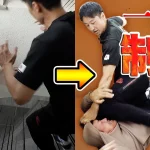 2025/12/10
Self-Defense Fighting techniques to overcome any predicament
2025/12/10
Self-Defense Fighting techniques to overcome any predicament


